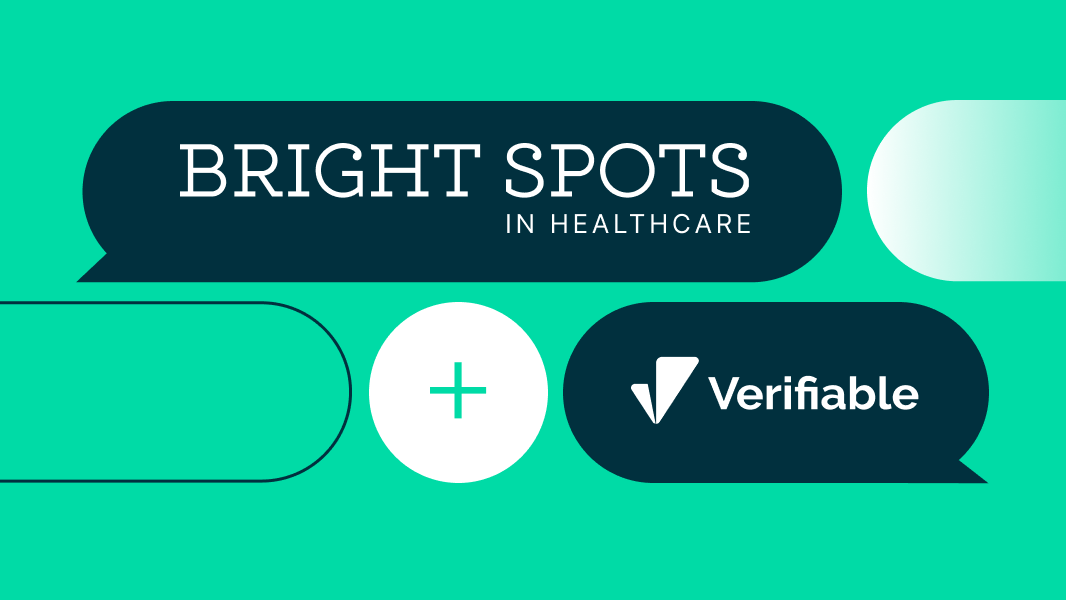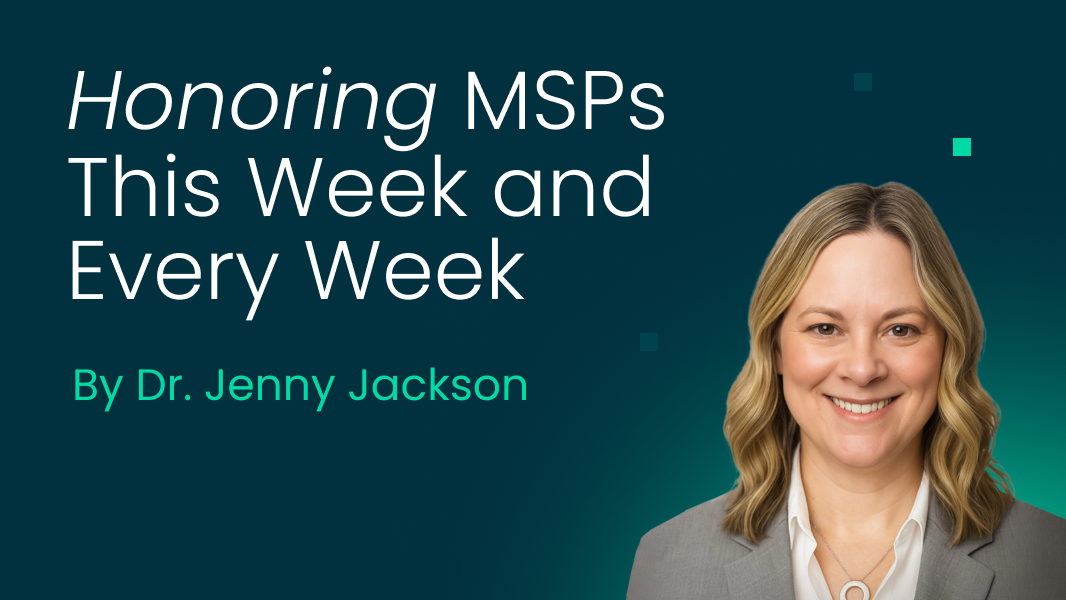Verifiable Blog
AI Explained: The Intersection of System Safety, Generative AI, and Healthcare Credentialing with Brett Dooies
Verifiable is focused on rebuilding the infrastructure of trust for provider networks. Dooies's role involves leading the product and design teams in reimagining what credentialing can be in the future state by leveraging current tech.

The Credentialing Gap: Takeaways from the NCQA Health Innovation Summit
Credentialing, Quality, and PDM are often siloed, but they shouldn't be. Unifying these functions—from data accuracy to compliance—is vital for patient safety, faster onboarding, and securing your revenue cycle against denied claims.

How Salesforce, Verifiable, and Excellus BCBS Are Scaling Provider Networks With Automation
Salesforce, Verifiable, and Excellus BCBS are scaling provider networks with automation. Discover how clean data, integration, and change management cut credentialing time 98%, boost monitoring 250%+, and unlock seven-figure savings.

Mental Health Awareness Month Spotlight: Recognizing the Impact of our Behavioral Health Clients
For Mental Health Awareness Month, we spotlight clients leading change in behavioral health. See how they’re expanding access, improving outcomes, and supporting millions nationwide.

Verifiable + Becker’s Podcast: Legacy systems vs. patient access
Verifiable’s own Brook West and Jocelyne Wood joined the Becker’s Payer Issues Podcast to talk about how automation can supercharge the credentialing and enrollment process, leading to smoother network growth and better care access.

3 Ways Health Plans Can Optimize Networks with Verifiable
Is network optimization top of mind for you? While often considered a compliance necessity, credentialing and networking monitoring, when done well, can drive significant time and cost savings as part of your overall network optimization.

AHIP 2024 Recap: Highlighting Technology Investment, AI, and Data Standardization for Health Plans
Every year, industry peers gather at AHIP’s flagship event to connect with the people, ideas, and solutions that will guide healthcare for years to come. Read about our learnings from this year's show.

Q&A: Verifiable + Humana Dental Discuss How to Unlock Growth with Insourced Provider Credentialing
Verifiable customer, Humana Dental, has been seeing wide-scale improvements as a result of implementing Verifiable's credentialing technology in their organization. Learn more about how and why during this Q&A recap.

Faster Medical Credentialing = Better Provider Experiences & Network Growth
Provider and payer organizations need to work harder to attract and grow their networks. One overlooked lever for provider growth is to remove the unpaid, un-fun administrative work from the provider’s plates, such as credentialing.

Credentialing Automation Brings Benefits to your Team and Bottom Line
Whether your credentialing is being managed by an internal team of specialists, outsourced to a certified CVO, or some combination of these, credentialing is not just a necessary administrative burden, it’s an opportunity for efficiency.

Tips for an Improved Medical Credentialing Process
Keeping up with credentialing is daunting. Perfecting the process, doubly so. With the right tools and mindset, this task can become more manageable. The journey toward efficient, streamlined medical credentialing begins here.

Primary Source Verification Requirements You Should Know About
When dealing with large volumes of provider applications, different compliance and regulatory standards, and other dynamics, it’s important to have tools and processes in place to streamline PSV so that it’s efficient and timely.

NCQA Audit Readiness: Establishing Credentialing Policies and Procedures, Auditing Credentialing Packets, Reviewing Ongoing Monitoring Reports
If you’re preparing for an NCQA audit, it is essential to gain an overview of the key components of the NCQA audit process and how your organization can ensure compliance.

Our commitment to security, availability, and confidentiality: Verifiable is now SOC 2 certified
Verifiable is excited to share that we are officially SOC 2 Type 2 compliant. We’re on a mission to drive efficiency, quality and compliance across the healthcare system which means security is always the highest priority for us.

Q&A with Verifiable GM - Steve Snell on Provider Data, The No Surprises Act and Opportunities for Health Plans
Here at Verifiable, the entire team has been buzzing with excitement in having Steve Snell join us as General Manager. In addition to being an all-around great guy to chat with, he comes with extensive knowledge

Provider Enrollment: The Need for Speed & Accuracy to Maximize Reimbursement Potential
The healthcare industry is ever-changing and prone to new regulations that bring constant adjustments to the rules of engagement guiding healthcare facilities, providers and payers. So, what does your organization need to know?

Delegated Credentialing: Getting Providers Seeing Patients Faster & Reimbursed Sooner
One of the primary responsibilities of healthcare entities is to ensure providers enlisted to render services through that entity are who they say they are - possessing the required training, skills and licenses needed to perform function.

Expanding Your Provider Network? Why New Healthcare APIs are the Key to Scaling Virtual Care
Healthcare delivery models have undergone significant transformations over the last few years, but the COVID-19 pandemic prompted a serious jolt to the landscape. In particular, 2020 accelerated the ramp-up of telehealth technology adopt.

Credentialing for virtual care: Opportunities for technology to help scale your provider network
In 2017, Telehealth grew 53% in just one year, and this was before Covid-19. The need for telehealth has exploded during the pandemic, and the market is expected to expand to $130 billion by 2025.

Telehealth is changing healthcare — patients are telling us so
If 2020 has taught us nothing else, it's that telehealth is likely here to stay. But why? Convenience is critical to its success, but it can bridge the gap of care between caregivers and patients during the pandemic.

Andreessen Horowitz lists Verifiable in the 'New Tech Stack' powering telehealth
We’re thrilled to be called out as one of the notable companies listed in the a16z report currently powering virtual care companies, and are energized to have our API-first approach to provider credential verification and monitoring furthe


.svg)




.webp)
.webp)
.webp)




























.png)





























